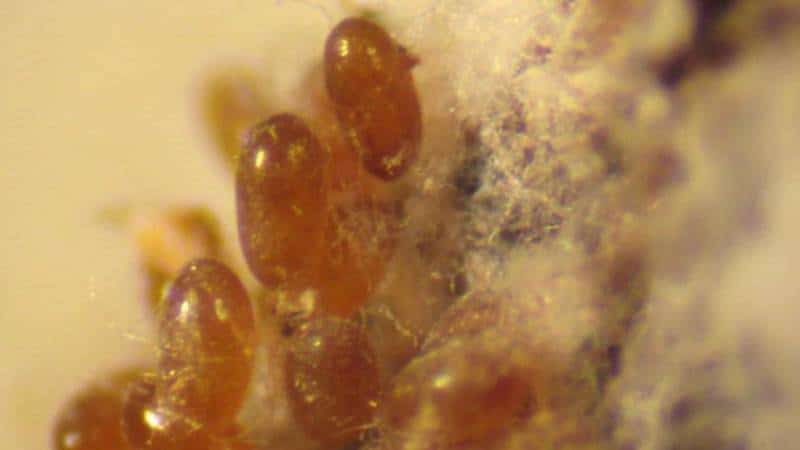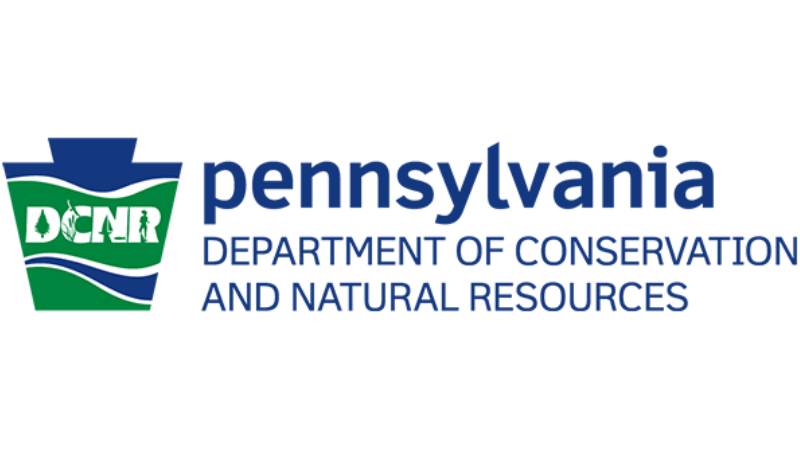Are you aware of the threat looming over Pennsylvania’s state tree, the majestic eastern hemlock? These iconic giants are under attack by a tiny yet devastating pest called the hemlock woolly adelgid. But don’t despair – Pennsylvania has launched a relentless battle to protect these magnificent trees.
In this article, we’ll delve into the efforts to save these trees from the clutches of the hemlock woolly adelgids and ensure their survival for future generations.
Join us as we explore the fight to save Pennsylvania’s eastern hemlocks.
What are Eastern Hemlock Trees
The Eastern hemlock tree (Tsuga canadensis) is an evergreen tree that flourishes throughout the Eastern United States. Nearly lost to deforestation in Pennsylvania during the industrial revolution, an effort was begun to reestablish the tree in the region, and as part of that effort, it was named Pennsylvania’s official state tree in 1931.
In addition to providing habitat for Pennsylvania’s songbirds and other wildlife, the cooling shade that the Eastern hemlock creates along riverbanks is crucial for the survival of Pennsylvania’s official state fish, the brook trout. The loss of hemlock trees has a ripple effect on the entire ecosystem, further impacting species such as the eastern box turtle, the black-throated blue warbler, and the white-tailed deer.
People Want to Know: Are eastern hemlock trees poisonous?
No! Though there is a plant called “poison hemlock” which is extremely toxic, this plant is unrelated to the eastern hemlock tree.
What is the Hemlock Woolly Adelgid?
Native to East Asia, the hemlock woolly adelgid (Adelges tsugae) poses a significant threat to Pennsylvania’s eastern hemlock trees. This tiny, aphid-like insect feeds on the sap of the hemlock trees, causing them to weaken and eventually die.
The hemlock woolly adelgid gets its name from the white, wool-like substance it produces, which can be seen on the branches and needles of infested trees. The adelgid reproduces quickly, with females laying up to 300 eggs in a cotton-like sac. Once hatched, the nymphs begin feeding on the tree, injecting toxic saliva that disrupts the tree’s ability to transport water and nutrients.
Infested hemlock trees can succumb to the adelgid without treatment or intervention within a few years. Efforts are underway to combat this invasive species and protect the vital role that eastern hemlock trees play in Pennsylvania.
Without the hemlock trees, these species lose essential habitats and food sources, leading to population declines and ecological imbalances.

Remove the eggs of the hemlock woolly adelgid if you see them. Photo used courtesy of Shimat Joseph, University of Georgia, Bugwood.org
State Efforts Protect Hemlocks from Woolly Adelgid
If you’re wondering what’s being done in Pennsylvania to protect hemlocks from hemlock woolly adelgids, several key strategies are being employed. The state conservation plan includes the following:
- Chemical Control Methods
- Biological Control Methods
- Identification and Cultivation of Resistant Hemlock Species
- Monitoring and Physical Controls
1. Chemical Control to Fight Hemlock Woolly Adelgid
Chemical control is an effective method to combat hemlock woolly adelgid. Pennsylvania can protect its precious eastern hemlock trees by using insecticides specifically designed to target these invasive pests.
The state’s Department of Conservation and Natural Resources (DCNR) is actively implementing chemical control measures to save the hemlocks. They conduct regular surveys to identify and treat infested areas with appropriate insecticides. These chemicals are carefully selected to minimize harm to other organisms and the environment.
The DCNR also collaborates with researchers and experts to develop new and improved insecticides that are more effective against the hemlock woolly adelgid. Chemical control is crucial to Pennsylvania’s strategy to preserve its eastern hemlock trees and ensure their survival for future generations.

2. Biological Control to Fight Hemlock Woolly Adelgid
The biological approach takes advantage of nature’s own mechanisms by introducing natural predators and parasites to the ecosystem. These beneficial insects, such as lady beetles and predatory flies, feed on the hemlock woolly adelgid and keep their population in check. As a testament to this control method, two predatory beetle species – Laricobius nigrinus and Laricobius rubidus – were released in eastern states, with recoveries of the Eastern Hemlock reported from every site.
Biological controls can establish a sustainable balance in the forest ecosystem without relying solely on chemical interventions. This method not only reduces the impact on the environment but also provides a long-term solution for saving Pennsylvania’s eastern hemlock trees.
So, while chemical control methods may provide temporary relief, biological control offers a more holistic and efficient approach to defeating the hemlock woolly adelgid infestation.
3. Identification and Cultivation of Resistant Hemlocks
Researchers have been studying various hemlock species to identify those that show some level of resistance. One such species is the Carolina hemlock (Tsuga caroliniana), which has shown promising resistance to the hemlock woolly adelgid.
Another species being investigated is the Chinese hemlock (Tsuga chinensis), which has also displayed some resistance.
By identifying and promoting these resistant species, we can save Pennsylvania’s eastern hemlock trees from the devastating effects of the hemlock woolly adelgid.
Through continued research and conservation efforts, we can protect these majestic trees and preserve the ecological balance of our forests.
4. Monitoring and Habitat Controls to Fight the Hemlock Woolly Adelgid
Monitoring and habitat control methods can be used to combat the hemlock woolly adelgid.
The first step is to identify and monitor infested areas. Once identified, targeted treatments can be applied to control the spread of the adelgids. This may involve the use of chemical insecticides or biological controls, such as predatory beetles.
Additionally, these practices can be used to improve the overall health and resilience of the hemlock trees. Thinning the forest can reduce stress on the trees and improve their ability to withstand adelgid infestations. Promoting the growth of other tree species alongside hemlocks can also create a more diverse and resilient forest ecosystem.
What You Can Do to Save Pennsylvania’s Eastern Hemlocks
Residents in Pennsylvania can help protect the eastern hemlock tree by implementing various measures to control the spread of the hemlock woolly adelgid.
One way to combat this invasive pest is by regularly inspecting hemlock trees for signs of infestation, such as white cotton-like masses on the branches or needles. If any are found, it’s crucial to report the sighting to the Pennsylvania Department of Conservation and Natural Resources or local extension offices.
Additionally, residents should avoid moving infested materials, such as firewood or nursery stock, as this can contribute to the spread of the adelgid. Planting native, pest-resistant species near hemlocks can also provide a buffer and reduce the chances of infestation.
By taking these proactive steps, Pennsylvania residents can play a vital role in safeguarding the eastern hemlock tree from the detrimental effects of the hemlock woolly adelgid.
Worried About Hemlock Woolly Adelgid or Another Pennsylvania Tree Pest
Clauser Tree Care is the Montgomery and Bucks counties insect and disease management expert. Trust us with all your tree service needs, and call us today at 215-542-8291. Let us show you how we make tree care easy!

About Clauser Tree Care
From who you talk to on the phone in our office, to our courteous and experienced work crews who provide your service, all of the hard-working team members at Clauser Tree Care strive for complete client satisfaction. Our job is simply not done until you are pleased with the experience that you have had working with our company. Founded more than 25 years ago on the principles of honest work and arboricultural best practices, we strive for a higher standard of care for a greener future.







